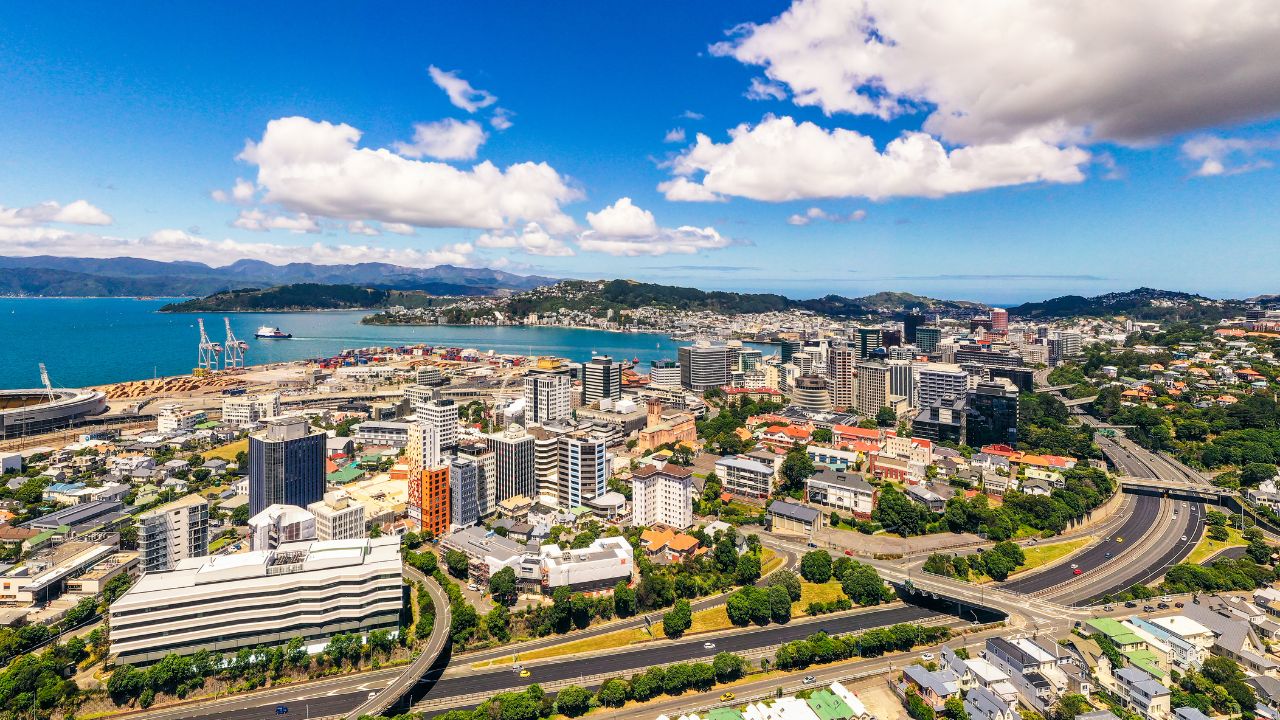New data from Cotality NZ shows property resellers are achieving the lowest rate of gains in more than a decade, as long ownership periods, firm buyer expectations and subdued values continue to shape outcomes across the country.
The Q3 2025 Pain & Gain Report, released under embargo until 00.01am on 26 November, confirms that 87.8% of resales made a profit in the September quarter.
While still high in absolute terms, it is the softest result since mid-2013 and a step down from 89.4% in Q2.
Cotality NZ Chief Property Economist Mr Davidson said the findings reflect a slow adjustment rather than a sharp downturn.
“The figures are consistent with property values still being down significantly from their peak in many areas, as well as buyers holding most of the pricing power. Rather than a slump, it has been a gradual drift downwards for resale performance since early 2022.”
Gains remain sizeable, but the cycle matters
Despite the shift, nearly nine in ten vendors still achieved a gross gain.
The median uplift sits at $270,000*, down from the 2021 peak of $440,000 but still above anything recorded before late 2020.
The median loss is $50,000, slightly below Q2. When set against the median 9.5-year hold period for profitable resales, the effective annual return is about $28,400.
Mr Davidson said the context is important: “The resale performance of property is not weak in an absolute sense, but the figures highlight the role of time in the market. Longer ownership provides a much greater likelihood of securing a capital gain.”
Hold periods for loss-making resales remain short at 3.7 years, reflecting purchases made during the late-cycle peak.
“Three-and-a-bit years ago places you at a point in the cycle when prices were extremely high, and mortgage rates were already rising. Anyone who bought then and has since faced a change in circumstances is more exposed to selling at a lower price than expected.”
Houses hold ground; apartments under more strain
Standalone homes continue to perform better than apartments, although both softened. Houses recorded an 11.4% loss rate, up from 9.8% in Q2.
Apartment loss rates rose to 36.2%, with only around 64% achieving a gain.
Mr Davidson said the divergence reflects long-term behaviour rather than current stress.
“Apartments tend to record smaller long-term capital gains than standalone houses, so they carry a higher chance of a loss if resold into a weaker market. That’s normal for this part of the market and there’s no evidence of widespread fire-sale behaviour.”
Auckland and Wellington show the highest loss rates
Among the major centres, Auckland remains the weakest, with 19.3% of resales recording a loss, up from 15.9%. Wellington follows at 15.8%.
Both cities saw intense growth during the boom period, leaving late-cycle buyers more vulnerable. Auckland’s substantial apartment stock also plays a role.
Median gains vary widely across the centres: Tauranga recorded $352,000, Auckland $338,000, Wellington $330,000 and Christchurch $265,000.
Christchurch remains the most resilient in proportional terms, with only 5.5% of resales made at a loss.
Tauranga: $352,000
Auckland: $338,000
Wellington: $330,000
Christchurch: $265,000 (but only 5.5% loss-making resales)
Queenstown Lakes remains the strongest performer nationwide, with only 2.4% of resales made at a loss and a median gain of $486,000. Invercargill also improved, recording a 2.6% loss rate.
Mr Davidson said the drivers differ between the regions.
“Queenstown has limited supply and deep demand, which helps preserve values even when activity slows. Invercargill meanwhile benefits from its affordability appeal and therefore steady buyer interest, giving it a level of resilience not seen everywhere.”
Nelson posted the weakest South Island result, with loss-making resales rising from 8.5% to 14.1%.
Outlook: no quick fix, but signs of improvement
Loss-making resales are expected to stay elevated for now, shaped by values, sentiment and the volume of listings.
“Even if sales activity improves, values remain well below their peak and listings are still high by past standards,” Mr Davidson said.
He added that time in the market remains the strongest buffer.
“Vendors may need to meet the market, but gains will remain substantial for those who have held for a long period. Most owner-occupiers won’t see a cash windfall, as equity generally rolls straight into the next purchase unless they’re downsizing or moving to a cheaper location.”
Rising sales volumes are beginning to reduce available stock, and early indicators for 2026 point to firmer prices supported by lower mortgage rates and a steadier economic backdrop.
“Property resellers may fare better in 2026, although a rapid turnaround looks unlikely. Regions with strong affordability or tight supply, such as Queenstown Lakes and parts of the lower South Island, remain best placed to hold their ground.”
*All prices in NZD

